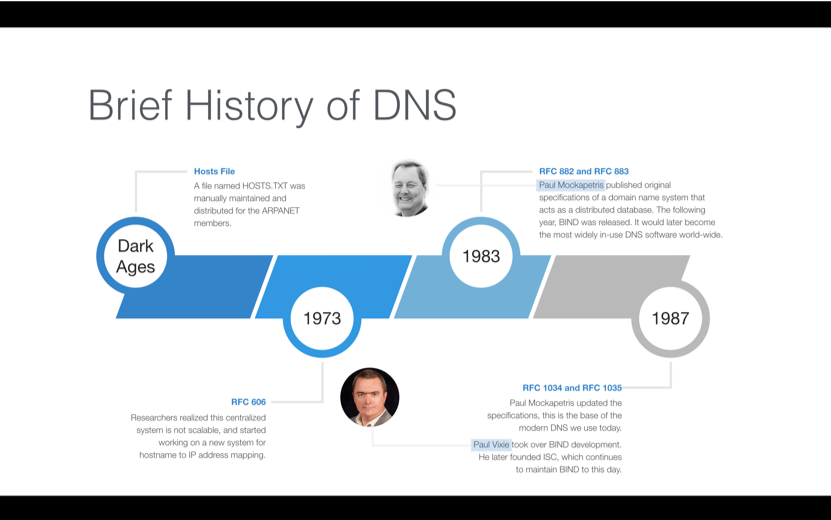Exploring the Domain IP Address History
When it comes to the world of websites and domains, the IP address plays a crucial role in identifying and accessing online content. Every website on the internet is associated with a unique IP address, which serves as the digital address for that particular site. Over time, these IP addresses can change for various reasons, leading to a rich history of domain IP address changes.
Understanding the history of a domain’s IP addresses can provide valuable insights into the evolution of a website, including changes in hosting providers, server locations, and online security measures. By examining the domain IP address history, website owners and administrators can trace the journey of their online presence and make informed decisions to optimize their web performance.
What is a Domain IP Address?
Before diving into the intricacies of domain IP address history, it is essential to grasp the basic concept of what a domain IP address actually is. In simple terms, an IP address is a unique numerical label assigned to each device connected to a computer network that uses the Internet Protocol for communication. This includes websites, servers, routers, and other digital devices.
A domain IP address, specifically, is the unique numerical label assigned to a website or domain name. It serves as the identifier for locating and accessing the particular web content associated with that domain. Domain IP addresses are crucial for directing internet traffic and ensuring seamless connectivity between users and websites.
The Importance of Domain IP Address History
Tracking the history of a domain’s IP addresses can unveil a wealth of information about the website’s online presence and infrastructure changes. Some of the key reasons why understanding domain IP address history is important include:
- Identifying changes in hosting providers or server configurations.
- Monitoring potential security breaches or unauthorized access.
- Optimizing website performance by analyzing server response times.
- Resolving connectivity issues and DNS-related problems.
By examining the chronology of domain IP address changes, website owners can gain valuable insights into the technical aspects of their online presence and make data-driven decisions to enhance their website’s performance and security.
How to Track Domain IP Address History
There are several methods and tools available for tracking and analyzing a domain’s IP address history. Some of the common techniques include:
- Using online domain history lookup services.
- Accessing DNS records and WHOIS databases.
- Utilizing domain monitoring tools and services.
- Consulting with web hosting providers and IT professionals.
By combining these resources and techniques, website administrators can reconstruct the timeline of domain IP address changes and gain a comprehensive understanding of their website’s digital footprint.
Conclusion
Exploring the domain IP address history of a website can reveal valuable insights into the evolution of its online presence and technical infrastructure. By tracking the changes in domain IP addresses over time, website owners can make informed decisions to optimize their web performance, enhance security measures, and ensure seamless connectivity for their users.
As technology continues to evolve, understanding and monitoring domain IP address history will remain a crucial aspect of managing an effective and secure online presence. By staying informed and proactive in tracking domain IP address changes, website owners can adapt to the dynamic digital landscape and provide an optimal user experience for their audience.
